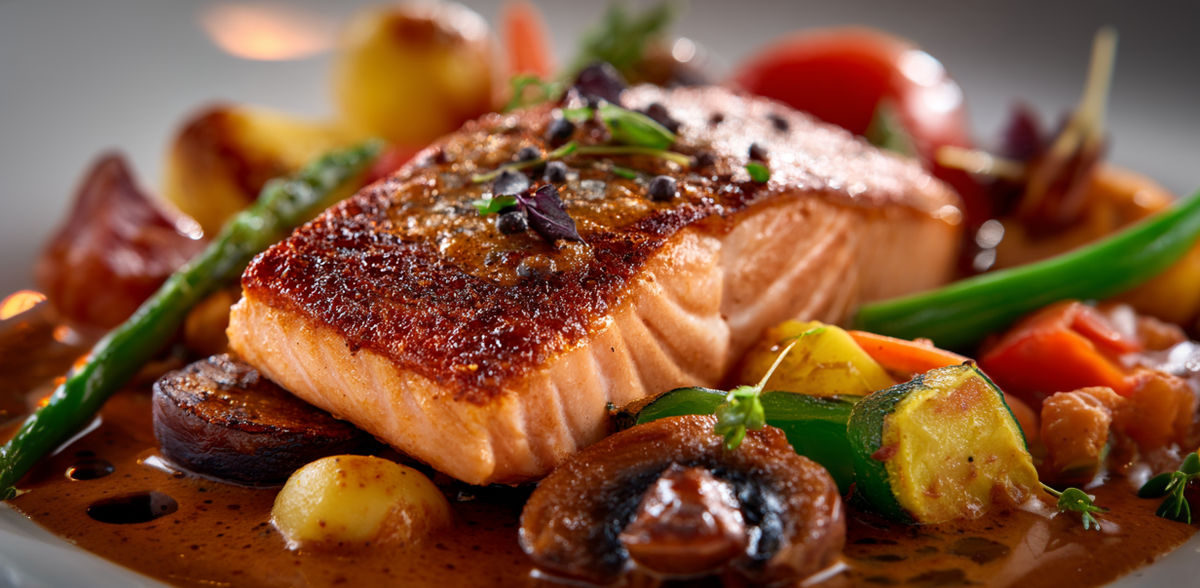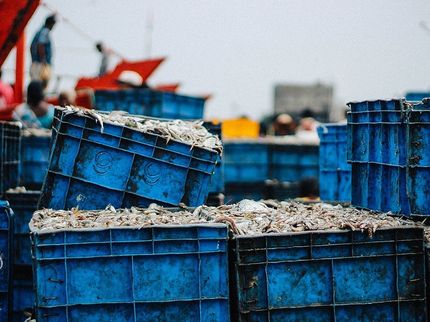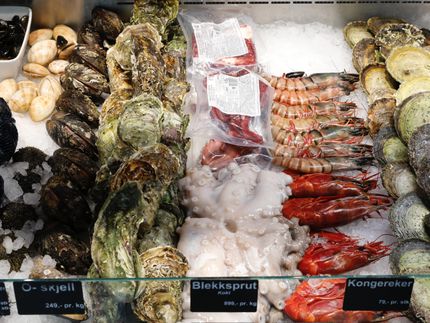Fish consumption in Germany remains stable
Hamburg at the top
Advertisement
fish consumption in Germany remained stable in 2024: 12.8 kilograms were consumed per capita. While Hamburg saw strong growth, the south lagged behind. Prices rose moderately - but for many consumers, the origin of the fish was more important than the price. The figures on fish consumption in 2024 have now been published by the Fish Information Center (FIZ) in Hamburg.
Whether salmon, herring or shrimp: Fish and seafood remain an integral part of German plates. Per capita consumption in 2024 was 12.8 kilograms (preliminary estimate) and thus remained at the previous year's level.
Fish market remains stable
The German fish market showed no major fluctuations in 2024. Frozen products (127,040 tons) and fresh fish (75,209 tons) were once again particularly popular. The winner of the year was smoked fish, with sales up 2.3% (42,554 tons). Canned fish also increased slightly (+0.5 percent), while marinated products fell slightly (-1.4 percent).
The most popular types in 2024:
- Salmon: 22.6 percent market share
- Alaska pollock: 19.8 percent
- Tuna/bonito: 14.6 percent
- Herring: 11.0 percent
- Shrimp: 10.1 percent
Prices below the food average
Fish also became more expensive in 2024, but the price increases were more moderate than for dairy or cereal products. The price index was 129.4 points (base 2020 = 100) and therefore just below the overall average for all food products (133.2). Canned food (EUR 7.69/kg) and marinades (EUR 8.28/kg) were particularly inexpensive, while smoked fish was the premium category at EUR 21.55/kg.
Places of purchase: discounters dominate
Discounters accounted for just under half of all fish purchases (around 50 percent). Supermarkets and hypermarkets held a 40 percent market share, while specialist fish stores only played a minor role with just under 4 percent.
Regional differences: Hamburg gains ground
In terms of product weight, nationwide per capita consumption was 5.4 kilograms. However, there were regional differences:
- Hamburg reached the peak value with 7.0 kilograms (+13.3 percent compared to 2023).
- Schleswig-Holstein maintained its strong position with 6.6 kilograms. Baden-Württemberg remained at the bottom with 4.6 kilograms.
International comparison
With a catch weight of 12.8 kilograms per capita, Germany lags far behind in an international comparison. The leaders are Iceland (85.4 kg), the Maldives (80 kg) and Portugal (53.6 kg).
Origin more important than price
Price was not the decisive criterion for most consumers. According to the FIZ analysis, 51 percent paid attention to origin and fishing method. The legally required information on catch area and country of production for fresh, frozen and smoked products as well as voluntary additional labeling for processed products increased transparency.
A study of 266 seafood products in the retail sector revealed that species information is provided on 90% of packaging, origin information on 87% and environmental certifications on 64%.
This enabled consumers to make conscious and sustainable purchasing decisions in 2024.
Conclusion
Fish consumption in Germany remained stable in 2024. Despite rising food prices, consumers regularly bought fish - especially frozen fish. While Hamburg significantly increased its appetite, some traditional coastal countries lost momentum. This remains crucial: Transparent origin and labeling information supports conscious and sustainable consumption.
Note: This article has been translated using a computer system without human intervention. LUMITOS offers these automatic translations to present a wider range of current news. Since this article has been translated with automatic translation, it is possible that it contains errors in vocabulary, syntax or grammar. The original article in German can be found here.

































































